If you’re itching for a road trip that packs a punch, California’s Central Coast is honestly hard to beat. The stretch from the artsy Carmel-by-the-Sea all the way down to the Mediterranean vibes of Santa Barbara just keeps surprising me, no matter how many times I drive it.
This scenic drive along Highway 1 throws together dramatic cliffs, charming towns, world-class wine, and a dash of culture. I’ve done this route more times than I can count, and honestly, every single mile offers something new—sometimes it’s the view, sometimes it’s a quirky roadside stop, sometimes just the feeling of the ocean air.
What I love most is the mix. You’ll cruise past redwoods towering over Big Sur, then suddenly find yourself in Solvang, where everything looks straight out of Denmark. Paso Robles and the Santa Ynez Valley? Both serve up some of California’s best wines, and sipping a glass with vineyard views never gets old.
This road trip doesn’t care what kind of traveler you are. Outdoor junkie? History buff? Foodie? Or maybe you just want to park it on a beach and do nothing—there’s a spot for you. I’ll share the route tricks I’ve picked up, the landscapes that made me pull over, the towns I can’t resist, and, of course, the wine country highlights that keep pulling me back.
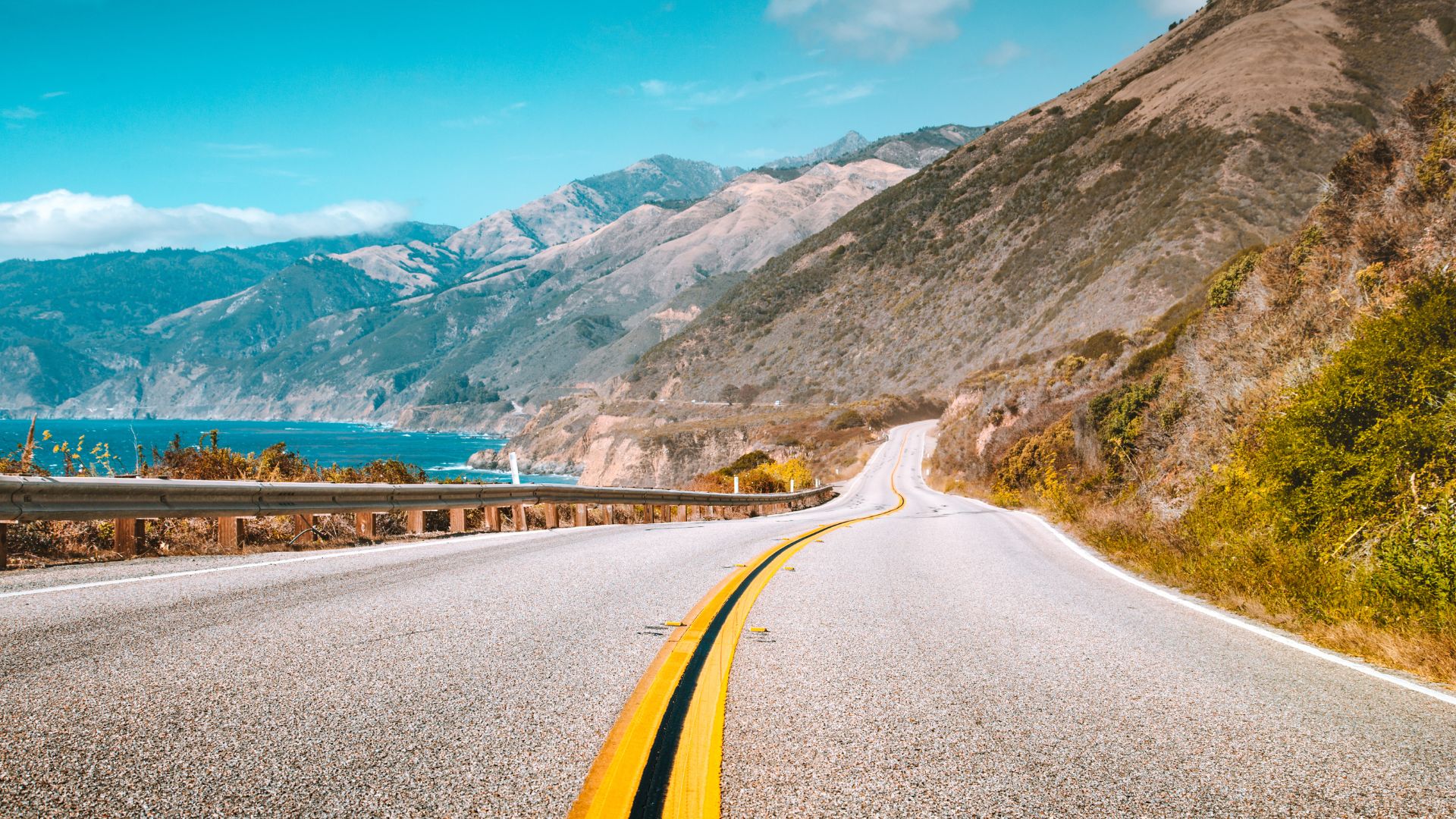
Planning Your California Central Coast Road Trip
Nailing a Central Coast road trip takes a bit of planning. You’ll want to think about timing, route, and how long you actually have. Trust me, the weather and your starting point can totally change the vibe.
Choosing Your Route Along Highway 1 and Pacific Coast Highway
So, Highway 1 and the Pacific Coast Highway? They’re basically the same road here. Where you start depends on what you want to see (and how much driving you can handle).
The classic Highway 1 road trip runs from Carmel-by-the-Sea down to Santa Barbara. It’s about 350 miles, and yeah, it’s packed with the most jaw-dropping coastal views.
Northern Route Options:
- Kick off in Monterey/Carmel for the ultimate scenic drive
- Start in Santa Cruz if you’re coming from San Francisco
- Don’t skip Big Sur—it’s cliff central
Southern Route Options:
- Start in San Luis Obispo for easy wine country access
- Begin in Santa Barbara if you’re flying in
- Add Paso Robles for some inland wine action
Route Tips:
- Big Sur: Expect narrow, twisty roads and maybe some construction
- Cambria to Morro Bay: Smoother driving, good for families
- Santa Ynez Valley: You’ll detour inland, but the wineries are worth it
If you can, drive north to south. That way, the ocean’s always on your right and it’s way easier to pull over for those “wow” photos.
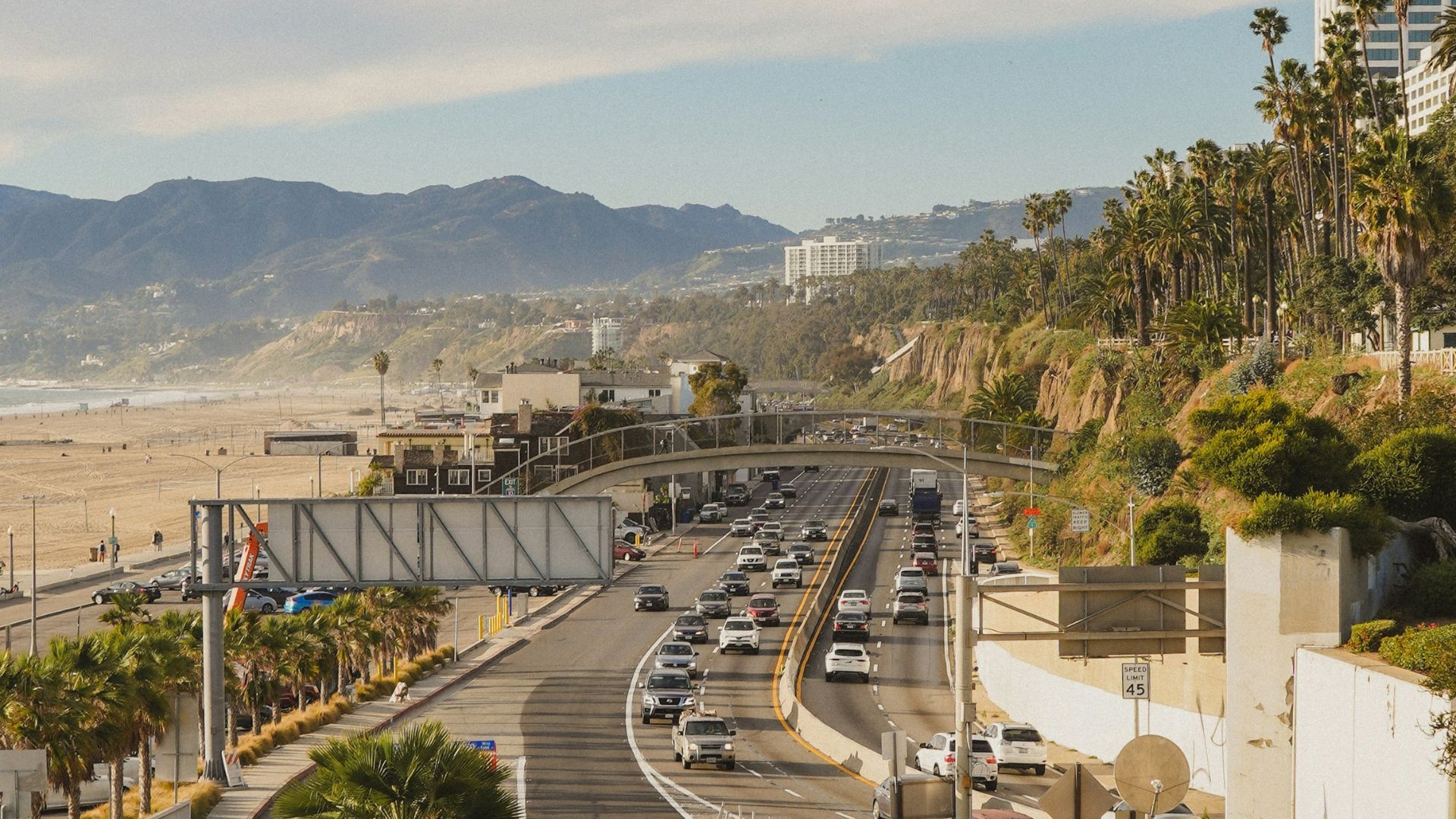
When to Visit for the Best Experience
Best Times to Go: Late summer through fall (August-October) and spring (March-May) usually hit the sweet spot.
Summer (June-August):
- Warmest, but coastal fog can roll in
- Expect crowds and higher prices
- July and August mean clear skies inland
Fall (September-November):
- This is my go-to season for a central coast road trip
- Wine harvest is in full swing
- Days are warm and clear, and the fog chills out
- After Labor Day, prices drop
Winter (December-February):
- Rainy, with a chance of road closures
- Cheapest time, but outdoor plans might get washed out
- Whale watching starts up
Spring (March-May):
- Wildflowers everywhere in March and April
- May and June bring morning fog
- Mild temps, smaller crowds
Weather Wisdom:
- Layers are your friend, always
- Check Big Sur road updates before you go
- Inland spots run 10-15 degrees warmer than the coast
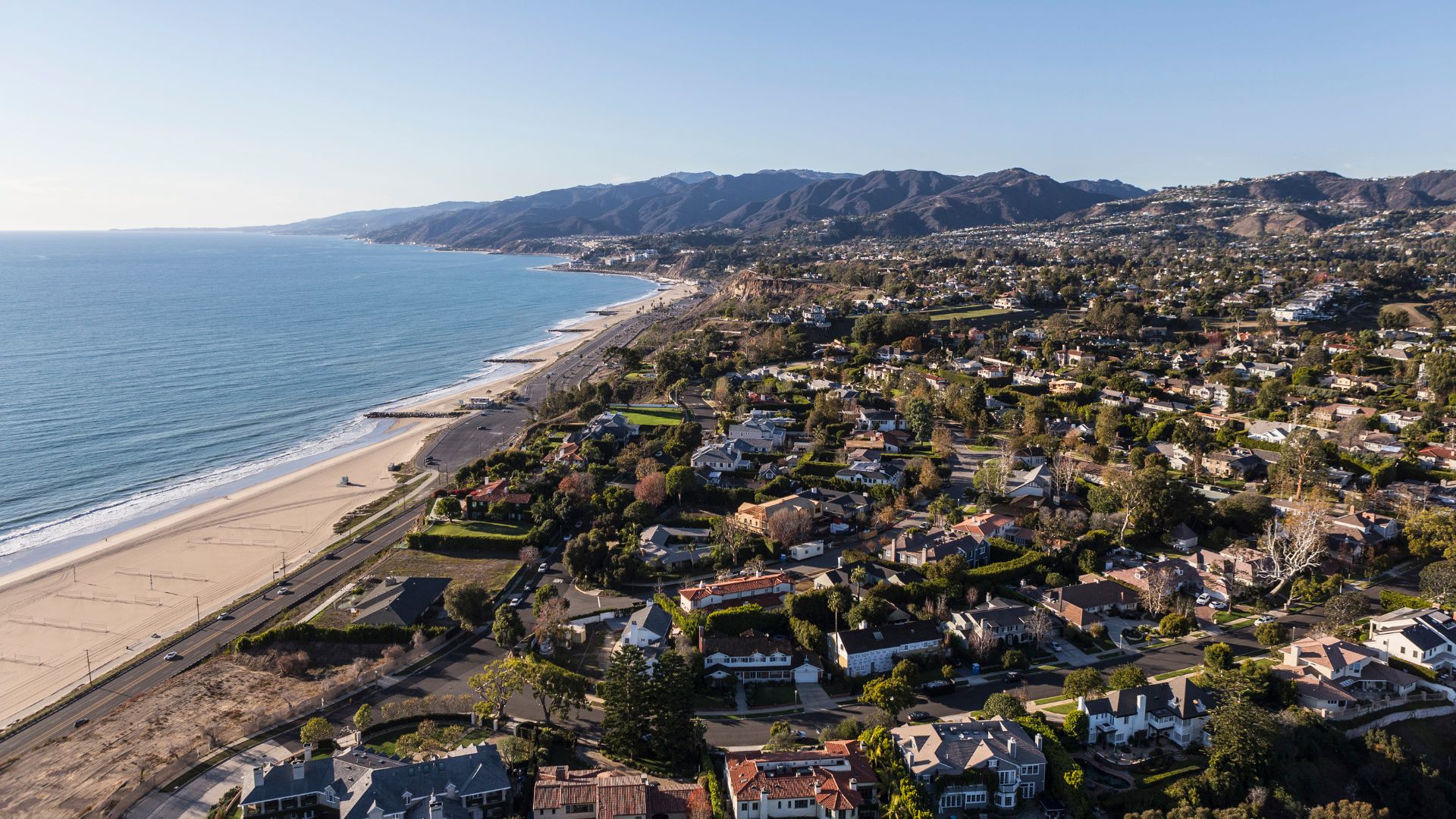
How Many Days to Spend & Suggested Itineraries
Short on time? You’ll need at least 5-7 days for the highlights. For the full experience, 10-14 days is golden.
5-Day Express Itinerary:
- Day 1-2: Carmel-by-the-Sea and Big Sur
- Day 3: San Luis Obispo via Cambria
- Day 4: Santa Ynez Valley wine tasting
- Day 5: Santa Barbara
10-Day Complete Itinerary:
- Days 1-3: Monterey Peninsula and Carmel
- Days 4-5: Big Sur (definitely hike)
- Day 6: San Luis Obispo and Pismo Beach
- Days 7-8: Paso Robles wine country
- Days 9-10: Santa Barbara and nearby gems
14-Day Comprehensive Trip:
Start with Santa Cruz (2 days), then stretch out your wine country stays.
Planning Nuggets:
- Book places to stay 2-3 months early if it’s summer
- Reserve restaurants ahead, especially in Big Sur
- Highway 1 is slow—expect 35-40 mph most of the way
- Take a rest day every 3-4 days to avoid burnout
Driving Distances:
- Carmel to Big Sur: 30 miles (about an hour)
- Big Sur to San Luis Obispo: 140 miles (3-4 hours)
- San Luis Obispo to Santa Barbara: 100 miles (2 hours)
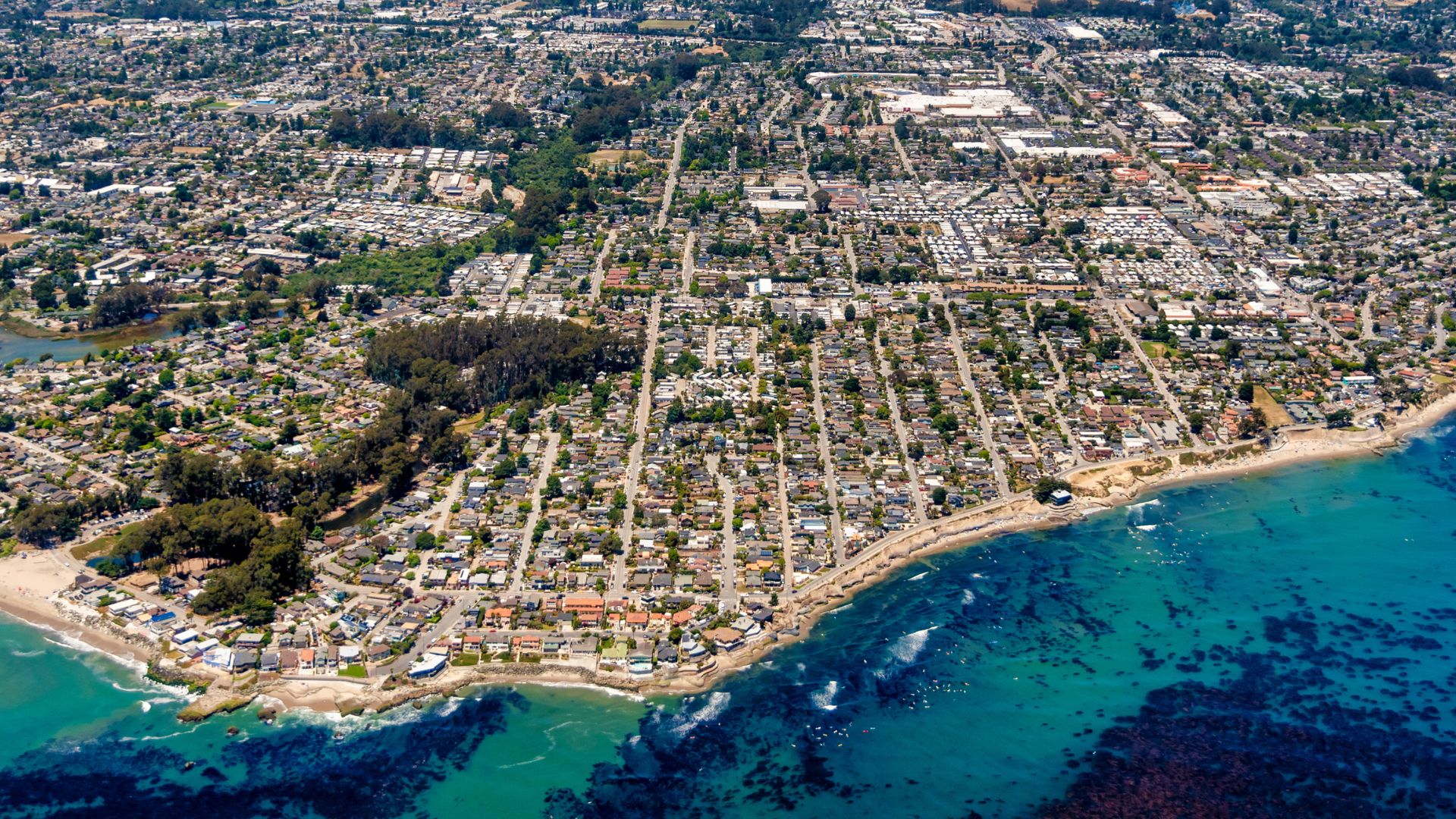
Iconic Coastal Landscapes and Dramatic Cliffs
The Central Coast just brings it, scenery-wise. Cliffs drop into the Pacific, rugged coastlines stretch for miles, and the photo ops never really stop. Sometimes you’ll catch the waves pounding the rocks, and just a few minutes inland, you’ll find yourself surrounded by peaceful redwoods.
Big Sur’s Rugged Beauty and Scenic Overlooks
Big Sur runs for about 90 miles, and it’s basically a nonstop highlight reel of cliffs and ocean. The coastline plunges over 1,000 feet in places—pretty wild when you see it in person.
McWay Falls always stops me in my tracks. This 80-foot waterfall drops straight onto the sand—seriously, it’s like something out of a movie. The overlook trail only takes about 10 minutes, so don’t skip it.
Nepenthe Restaurant perches 800 feet above the sea. Even if you’re not hungry, grab a coffee and just soak up the view. The outdoor deck at sunset? Pure magic.
Pfeiffer Beach is famous for its purple sand (yep, really) thanks to manganese garnet in the cliffs. You’ll need to navigate a twisty two-mile road to get there, but the keyhole rock at golden hour is worth every minute.
Highway 1 itself is basically one long scenic overlook. I always pull over at the turnouts for photos and a breather. The road weaves through redwoods, then suddenly the ocean stretches out forever.
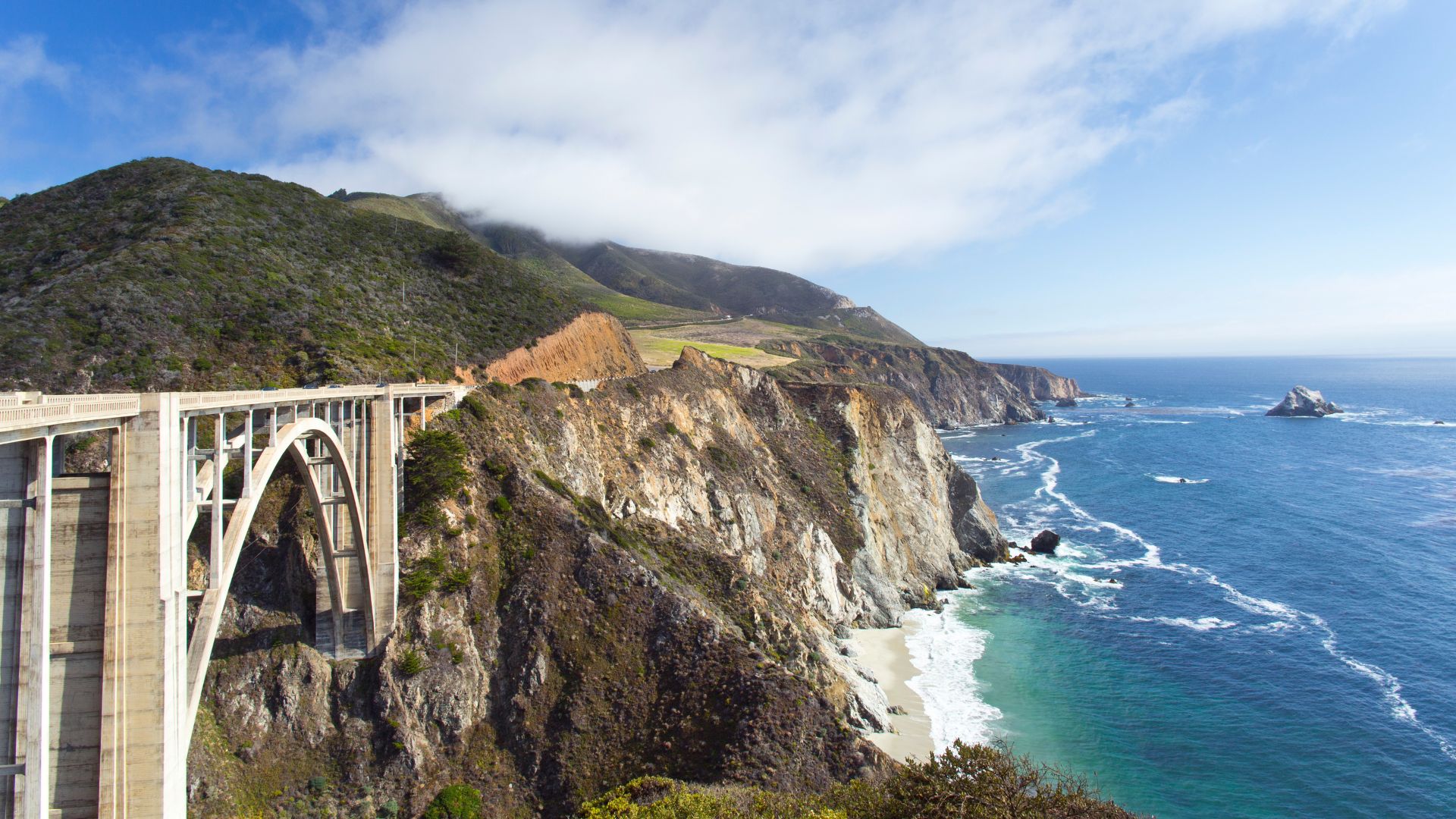
Breathtaking Stops at Julia Pfeiffer Burns State Park
Julia Pfeiffer Burns State Park covers 3,762 acres of wild coastline. You get a mix of redwoods and dramatic cliffs, all packed into a pretty compact area.
McWay Falls Trail is the star here. It’s an easy 0.6-mile round trip to the overlook—paved, so almost anyone can do it. Early mornings give you the best light and the least crowds.
Ewoldsen Trail takes you up into the redwoods above the coast. It’s a 4.5-mile loop with a solid climb—about 1,600 feet up. You’ll wind through old-growth trees and catch glimpses of the ocean.
Partington Cove is a quieter spot if you want to escape the crowds. The trail down is steep and rocky, but you’ll earn a secluded cove at the bottom. I’ve found it’s usually pretty empty, even on busy days.
The day-use lot fills up fast, especially in summer. I try to get there before 10 AM for a good spot. The $10 entry fee covers all the trails for the day.
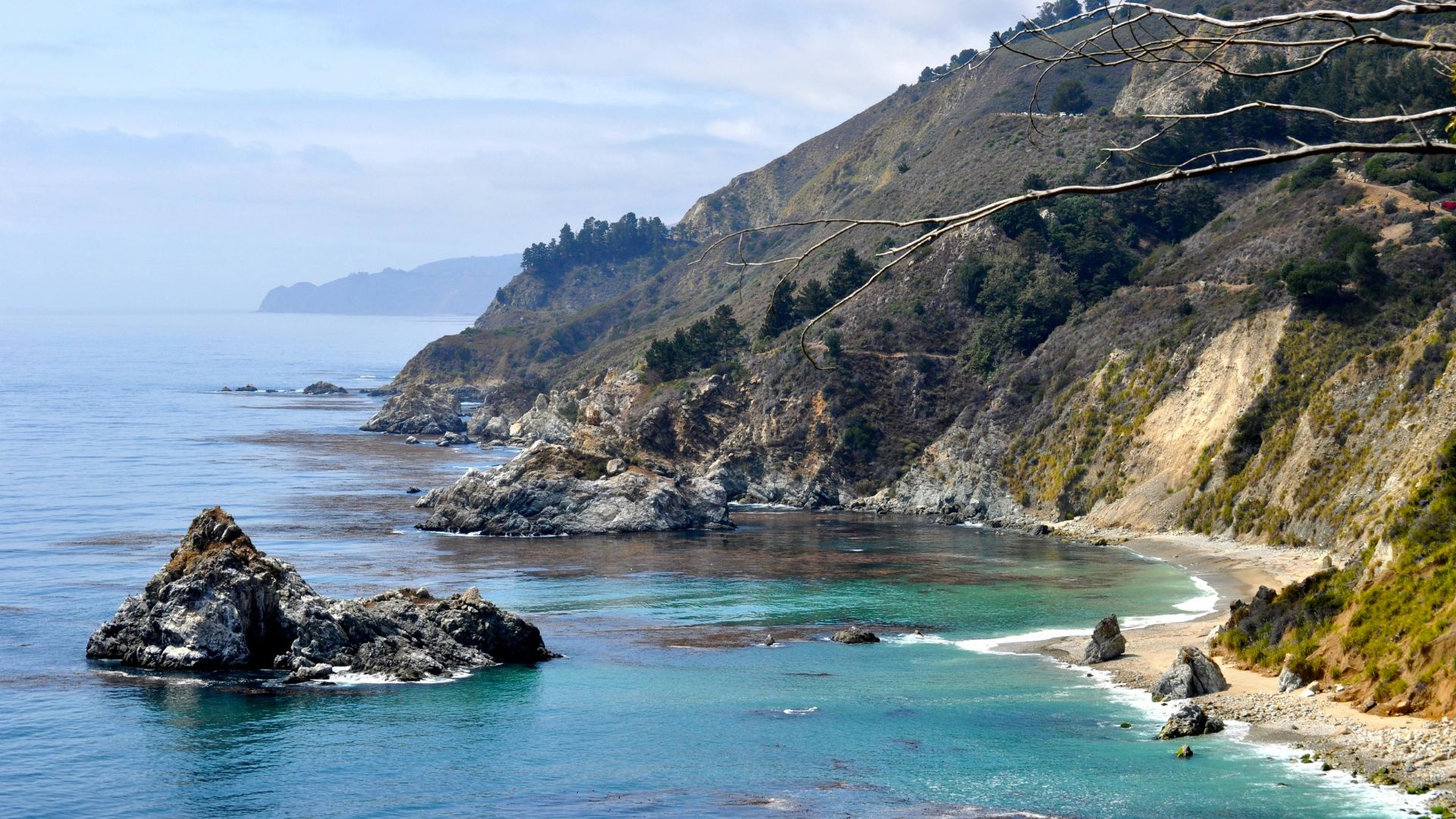
Photo Opportunities at Bixby Creek Bridge and 17-Mile Drive
Bixby Creek Bridge might be the most iconic bridge on the coast. The concrete arch stretches 714 feet across a canyon, and it’s perched 280 feet above the creek. It’s hard not to stop for a photo.
The best shot is from the parking area on the north side. You get the full arch with the Pacific behind it. If you time it for golden hour, the whole thing just glows.
17-Mile Drive winds through Pebble Beach and Pacific Grove. It’s a private road, so you’ll pay $10.75 per car, but the views are next-level. Plan for about two hours if you want to stop along the way.
Lone Cypress stands alone on a rocky outcrop—it’s practically the Monterey Peninsula’s mascot. The viewing area has benches and some info signs.
Seal Point is great for wildlife. Harbor seals and sea lions love the rocks here. Bring binoculars if you have them.
Bird Rock gets pounded by waves at high tide, and it’s a magnet for seabirds and marine mammals. It’s a favorite for both photographers and animal lovers.
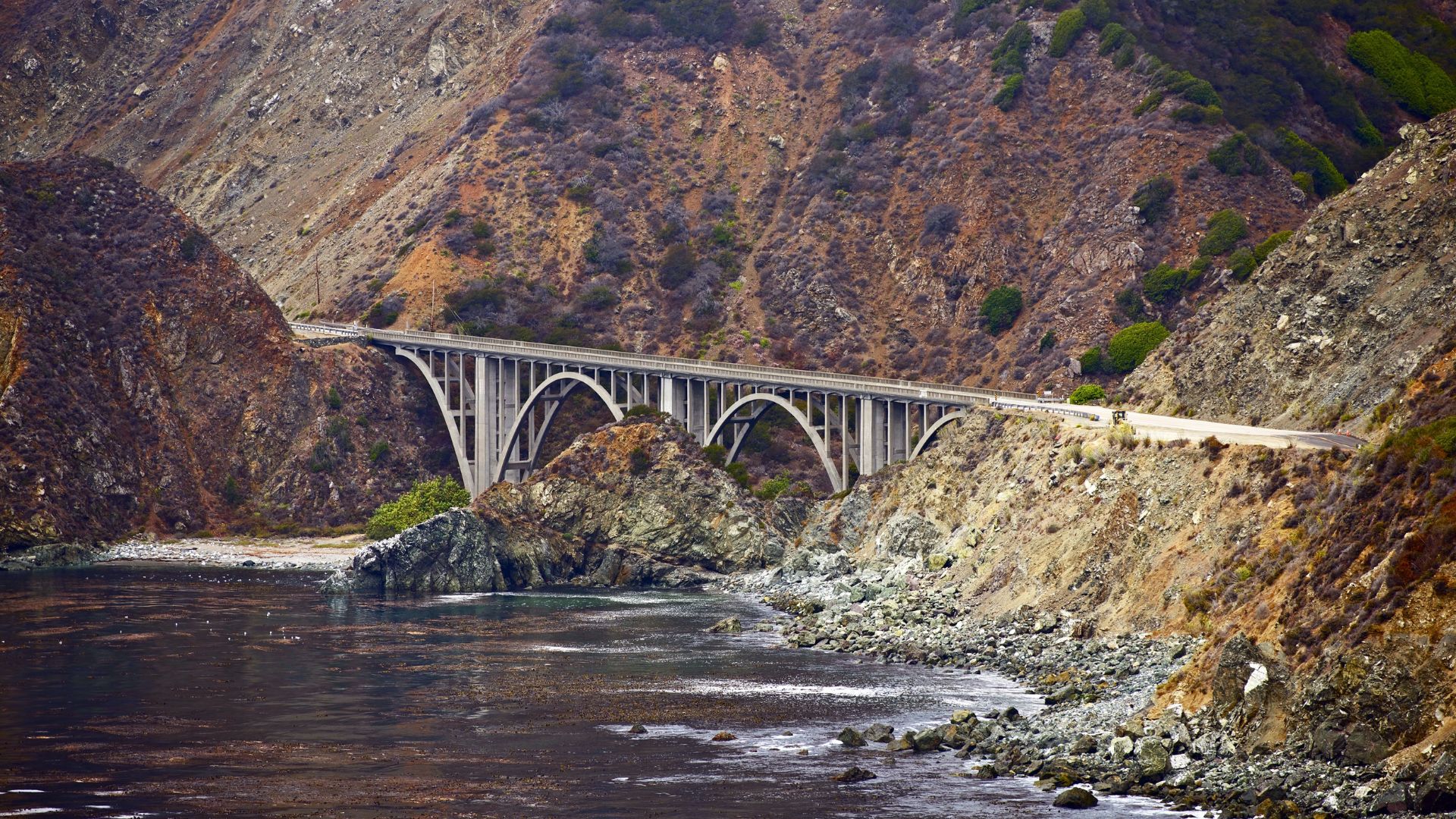
Charming Towns and Seaside Villages
The towns along the Central Coast have their own personalities, blending gorgeous scenery with a dash of history. Monterey’s famous for its aquarium, Carmel feels like a fairy tale, and each village has its own distinct character. Morro Bay’s got that massive rock, Cambria’s full of antiques—honestly, it’s hard to pick a favorite.
Monterey Attractions: Cannery Row & Monterey Bay Aquarium
Monterey is usually where I start the adventure. The Monterey Bay Aquarium is a must—hours just disappear while I watch the sea otters and hypnotic jellyfish.
The aquarium sits right on Cannery Row, which used to be packed with sardine canneries. Now it’s all about shops, restaurants, and hotels. I love strolling the strip and checking out the plaques that tell the area’s fishing stories.
Fisherman’s Wharf is another fun stop. You get fresh seafood, harbor views, and sea lions lounging around. Fishing boats come and go all day.
Monterey Highlights:
- Monterey Bay Aquarium (definitely book ahead)
- Cannery Row’s history and shops
- Fisherman’s Wharf for seafood and sea lions
- Harbor seal and sea lion spotting
17-Mile Drive links Monterey to Pebble Beach. It’s $11, but the ocean views and famous golf courses are worth it.
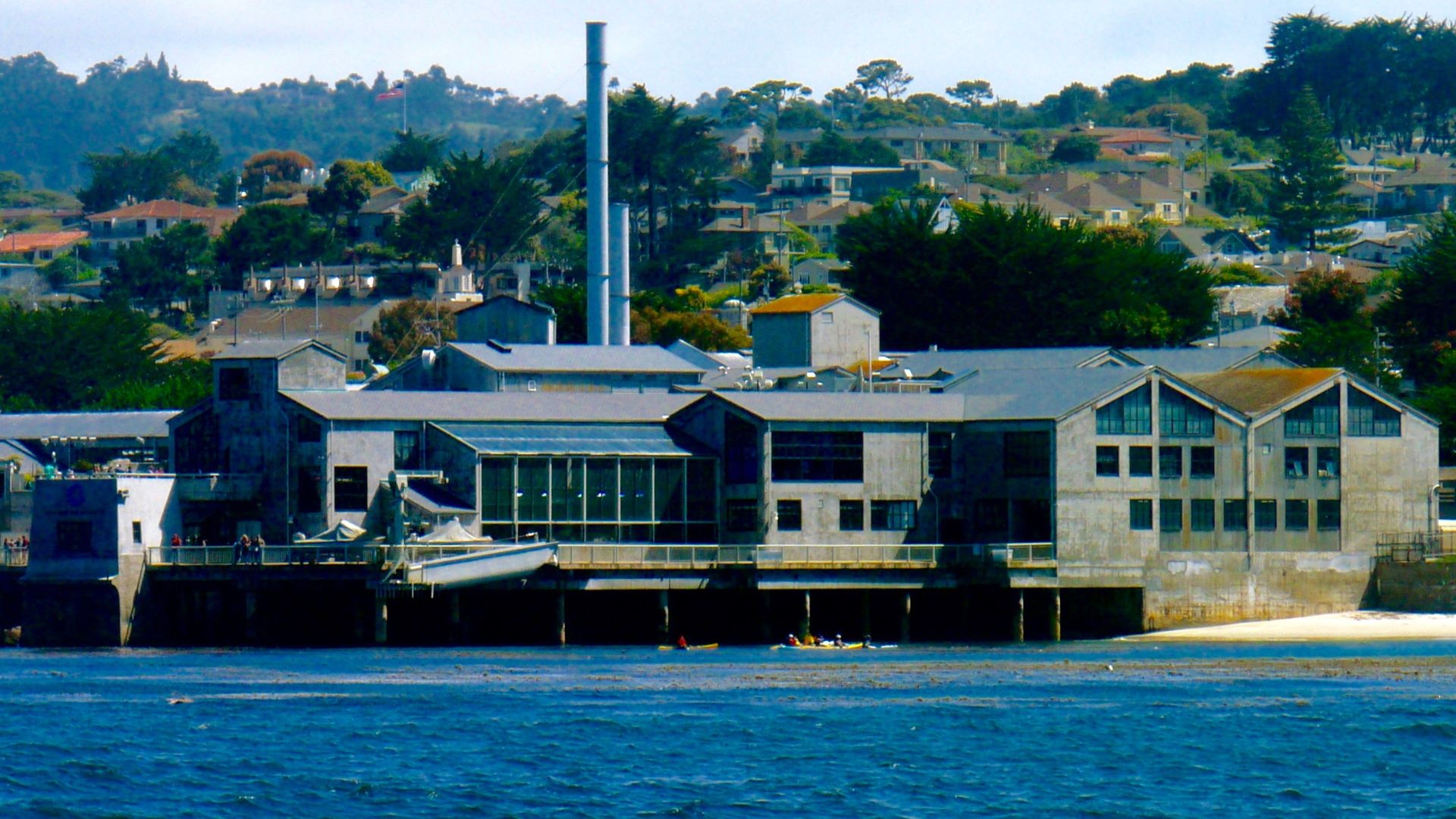
Exploring Carmel and Carmel-by-the-Sea
Carmel-by-the-Sea feels like it belongs in a storybook. The cottages come with curved roofs, stone chimneys, and gardens overflowing with flowers. It’s honestly a little enchanting.
I love wandering the narrow streets in the morning. There aren’t even street addresses—just house names like “Hansel” or “Rose Cottage.” Art galleries and studios pop up everywhere.
Carmel Beach sits below the village, with white sand and cypress trees. It’s dog-friendly, so you’ll see pups running everywhere. Sunset here is always a show.
Carmel Must-Sees:
- Fairy-tale cottages
- Ocean Avenue for shopping
- Carmel Mission Basilica
- Dog-friendly Carmel Beach
- Tor House (poet Robinson Jeffers’ place)
The food scene is surprisingly great. You’ll find everything from cozy cafes to fancy restaurants tucked into the cottages.
Coastal Gems: Morro Bay, Avila Beach, and Cambria
Morro Bay revolves around the giant Morro Rock, a 576-foot volcanic plug that’s home to peregrine falcons. It’s the town’s claim to fame—you can’t miss it.
The Embarcadero waterfront is always buzzing. I usually grab fish and chips at Tognazzini’s Dockside and watch the fishing boats unload their catch. Clam chowder on the outdoor deck just hits different.
Avila Beach brings a laid-back vibe. The main street leads straight to the sand, and the water’s warmer here. It’s easy to go from lunch to lounging on the beach.
Quick Town Rundown:
- Morro Bay: That iconic rock, real working harbor
- Avila Beach: Warmest spot on the coast, good for families
- Cambria: Antique stores, art galleries, and the gateway to Hearst Castle
Cambria splits into East and West Villages. East has most of the shops, while West is closer to the ocean. I usually end up poking around both, just to see what I’ll stumble across.
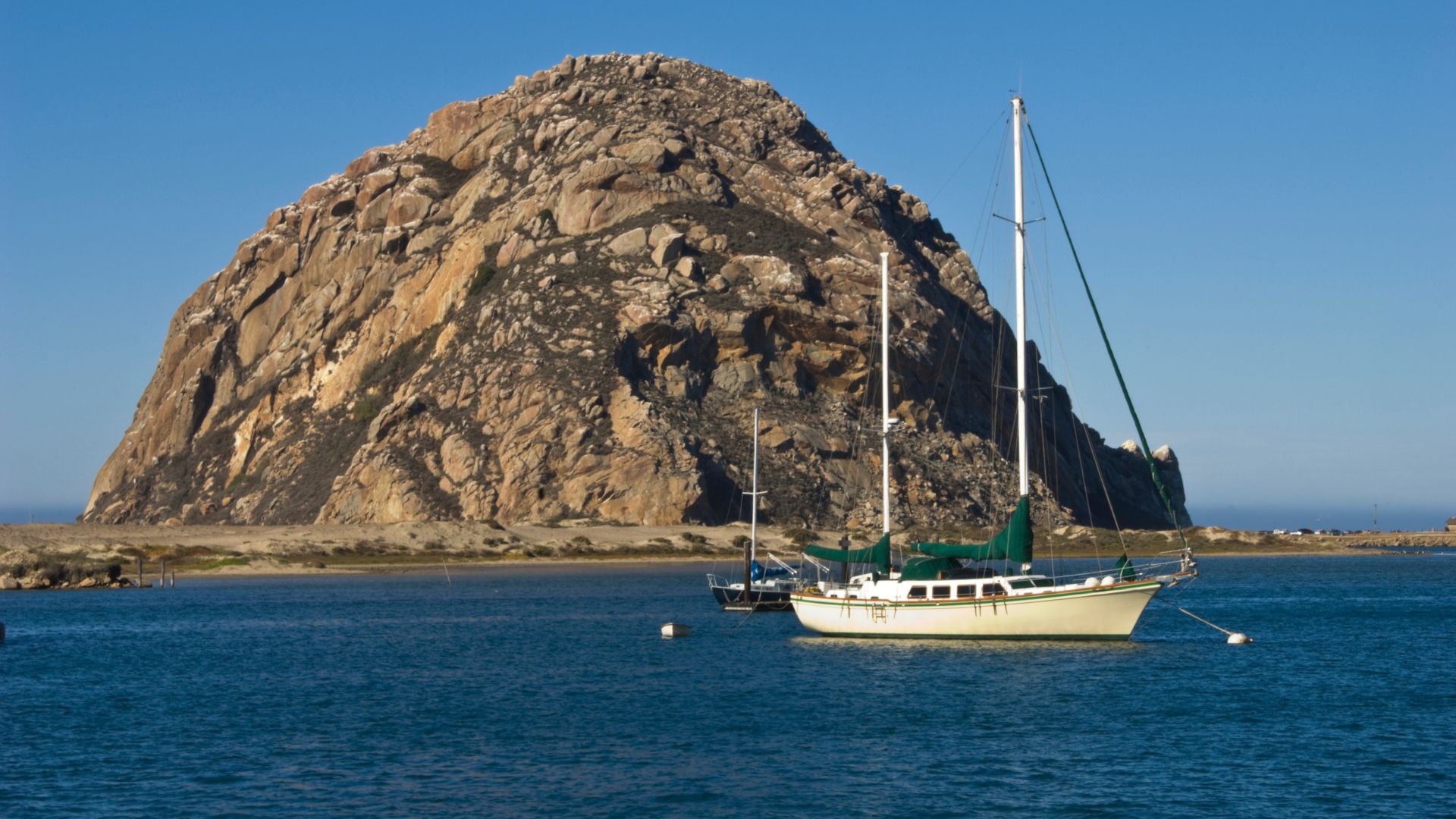
Historic Sights and Cultural Landmarks
California’s Central Coast bursts with stories from centuries past. You’ll find magnificent estates, Spanish colonial architecture, and quirky cultural pockets everywhere you look.
I’ve wandered from William Randolph Hearst’s lavish castle to Santa Barbara’s iconic red-tiled roofs and Solvang’s windmills that spin a little Danish magic into California sunshine.
Unveiling Hearst Castle: The Neptune Pool and Beyond
Hearst Castle really is something else. William Randolph Hearst started building this sprawling estate up in San Simeon back in 1919, and it took nearly three decades to finish.
The Neptune Pool steals the show every time. It stretches 104 feet and holds a staggering 345,000 gallons of water.
Ancient Roman columns and marble statues surround the pool, giving it a vibe straight out of a movie.
If you’re going, book the Grand Rooms Tour first. That’s where you’ll see the main living spaces and Hearst’s jaw-dropping art collection.
The castle boasts over 165 rooms, each crammed with European antiques and artwork.
Perched 1,600 feet above sea level, the castle’s terraced gardens offer sweeping views of the Pacific.
Back in the day, Hearst threw wild weekend parties for Hollywood legends like Charlie Chaplin and Greta Garbo.
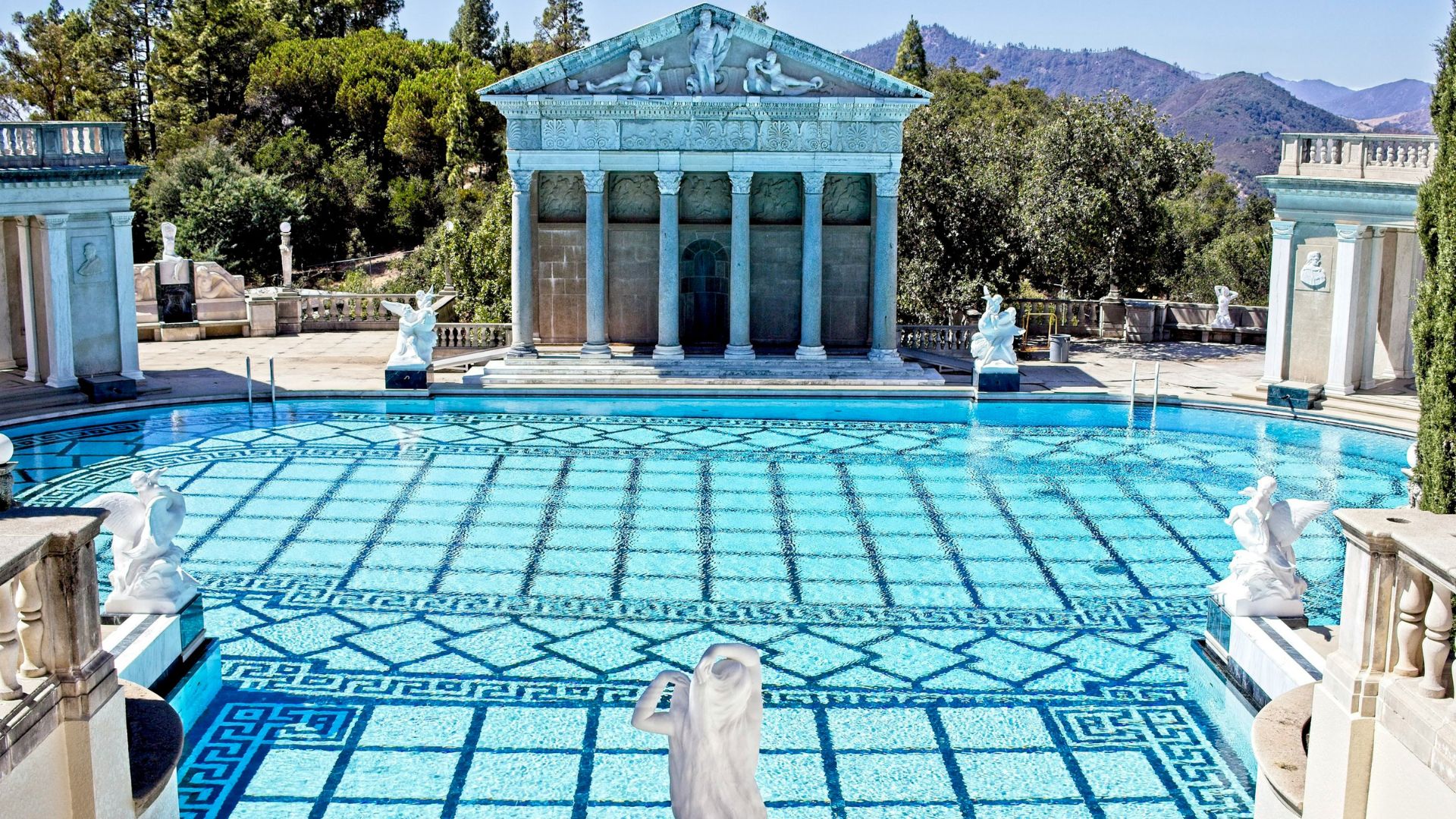
Santa Barbara’s Spanish Heritage and Iconic Architecture
Santa Barbara isn’t called the “American Riviera” for nothing. The city’s Mediterranean-style buildings make it feel like you’ve stepped into southern Europe.
After the 1925 earthquake, the city rebuilt almost entirely in Spanish colonial style, and you can still see that charm everywhere.
The Santa Barbara Mission, founded in 1786, anchors the city’s historic district. Locals call it the “Queen of the Missions,” and with its twin bell towers and lush rose gardens, it’s easy to see why.
The mission still functions as an active parish, so there’s always a gentle hum of activity.
State Street really puts the city’s architectural unity on display. Red tile roofs, white stucco walls, and wrought iron balconies line the busy main drag.
If you’re a fan of history, the courthouse on Anacapa Street offers free tours. The murals and clock tower are gorgeous.
El Presidio de Santa Barbara keeps the original 1782 Spanish fort alive. You can walk through two original colonial buildings.
Archaeological exhibits detail how soldiers and their families carved out a life here.
Hidden Treasures: Solvang, Arroyo Grande, and San Luis Obispo
Solvang is a delightful surprise along Highway 246. Danish immigrants settled here in 1911, building windmills, bakeries, and those classic half-timbered houses.
You’ll spot four windmills right in the town center.
The scent of authentic Danish pastries drifts from bakeries along Mission Drive. I always make a beeline for Mortensen’s Danish Bakery—their kringle is legendary.
Many downtown buildings now house wine tasting rooms, so there’s always something new to sip.
San Luis Obispo revolves around Mission San Luis Obispo de Tolosa, dating back to 1772.
The mission museum displays original artifacts and tells the story of California’s mission era. A creek winds through downtown, adding a relaxed vibe to the historic plaza.
Arroyo Grande keeps its 1800s charm alive on Branch Street. The Swinging Bridge, built in 1875, still wobbles over Arroyo Grande Creek.
Tree-lined streets and historic homes make this quiet farming community feel like a step back in time.
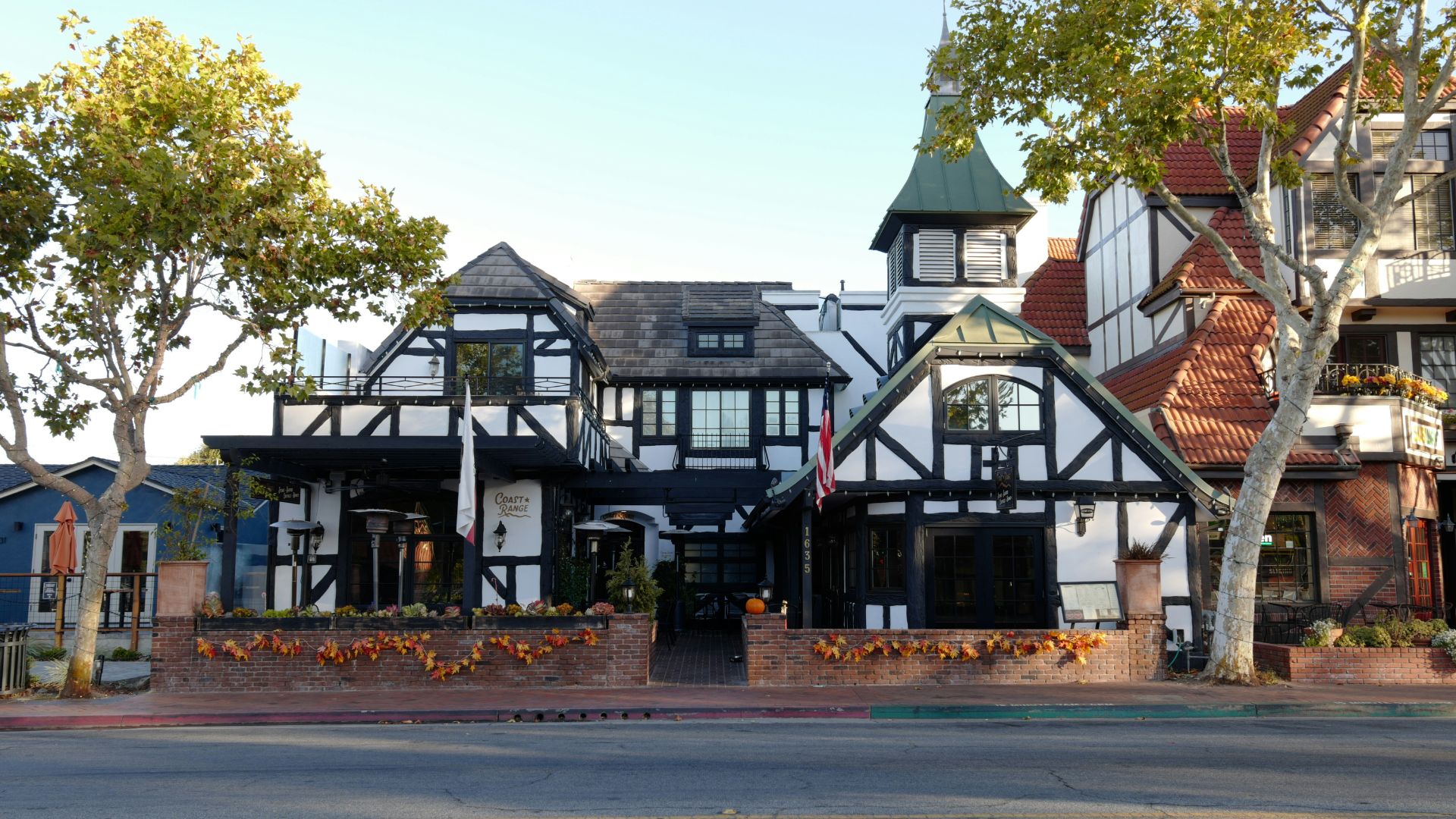
World-Class Wine Country Experiences
Wine lovers, you’re in for a treat. The Central Coast rolls out some of California’s best wine regions.
From Paso Robles’ bold reds to the foggy Santa Ynez Valley’s elegant Pinot Noir, there’s a bottle (or five) with your name on it.
Some of my favorite stays put me right in the heart of vineyard country.
Touring Paso Robles Wine Country
Paso Robles stands out as one of California’s most exciting wine regions. I counted over 200 wineries scattered across 26,000 vineyard acres.
The area really shines with Rhône-style wines—Syrah and Grenache especially. The local terroir produces reds so bold and rich, I sometimes forget I’m not in Europe.
Top Tasting Experiences:
- Adelaida Vineyards: Mountain estate, sweeping views
- Tablas Creek: Rhône pioneers, seriously good wine
- Daou Vineyards: Striking modern architecture and killer reds
- Justin Vineyards: Known for their Bordeaux-style blends
I’d suggest checking out the Westside for cooler climate wines. The Eastside gets warmer, which is perfect for Cabernet Sauvignon and Zinfandel.
Plenty of wineries offer food pairings with local ingredients. Wine and regional cuisine together? That’s a memory you’ll savor.
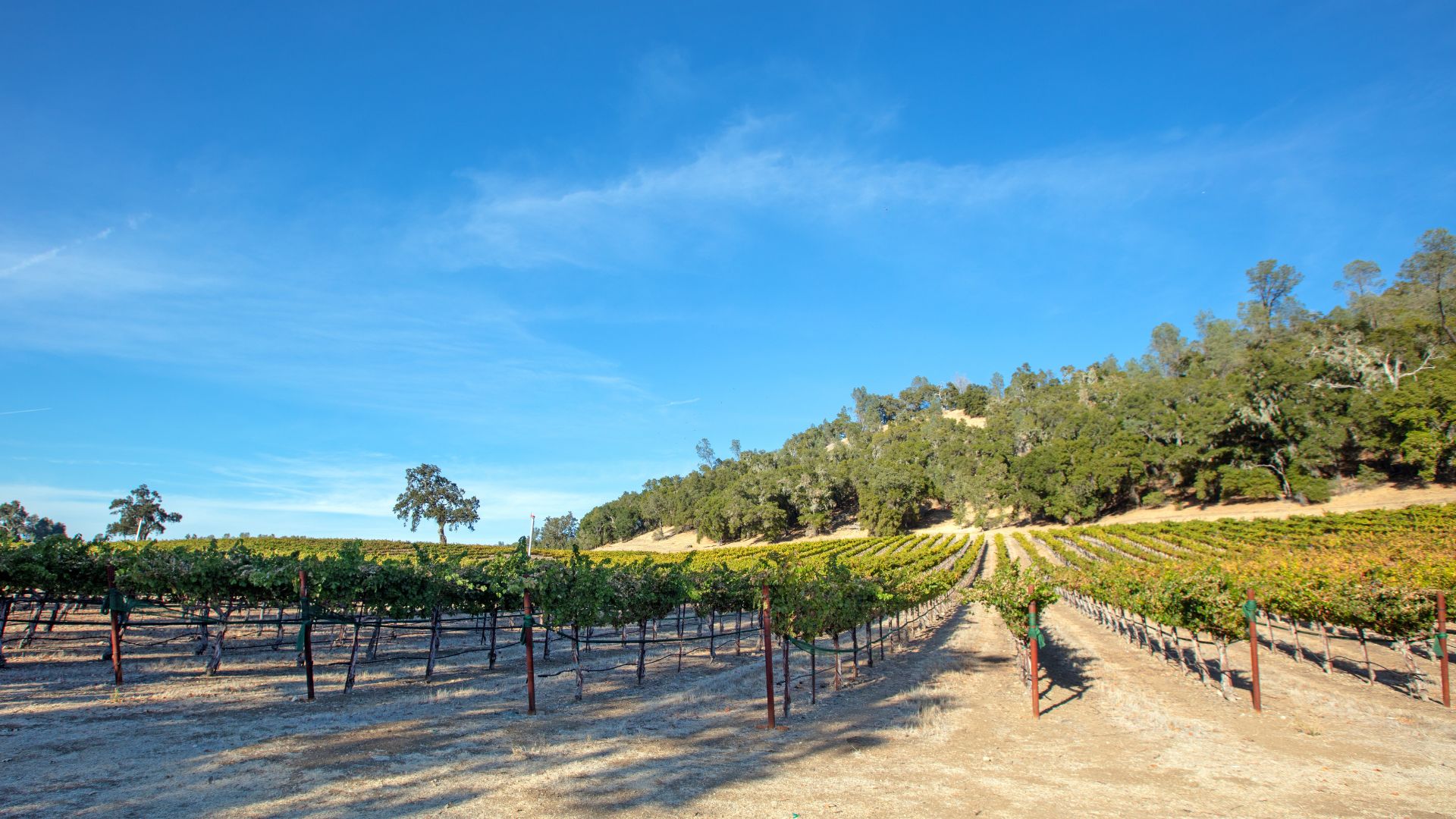
The Santa Ynez Valley: Tastings and Boutique Wineries
Santa Ynez Valley quietly produces some of California’s best Pinot Noir and Chardonnay. The valley’s east-west layout lets cool Pacific fog drift inland, making it a grape-grower’s dream.
I loved exploring Los Olivos and Solvang. Los Olivos, in particular, packs a bunch of tasting rooms within a few blocks.
Must-Visit Wineries:
- Fess Parker Winery: Family-run, stellar Pinot Noir
- Carhartt Vineyard: Small-batch, handcrafted wines
- Bridlewood Estate: Sustainable and award-winning
- Sunken Gardens: Historic, with underground wine caves
Santa Maria Valley, just a bit north, focuses on Burgundian varietals. The cooler climate there means the wines are elegant and food-friendly.
Biddle Ranch even offers horseback rides through the vineyards. That’s a wine tasting with a twist.
Best Wine Resorts: Hotel Cheval & Allegretto Vineyard Resort
Hotel Cheval sits right in downtown Paso Robles. I love how this boutique spot makes wine the star.
Sixteen luxury suites keep things cozy. Each room comes with a wine fridge and premium glassware, so you can keep tasting even after you’re back in your room.
The on-site Pony Club restaurant serves up wine country cuisine. Their sommelier always seems to have the perfect pairing for the season’s menu.
Allegretto Vineyard Resort takes things up a notch. The property sprawls over 20 acres, complete with its own vineyard and winery.
European-inspired architecture transports you straight to Tuscany—or at least it feels that way. I’ve spent afternoons lingering over meals at their multiple dining options and unwinding at the full-service spa.
At Cello Ristorante & Bar, you’ll find Italian classics paired with local wines. Their list features over 200 Central Coast selections.
Both hotels offer wine concierge services. They’ll set up private tastings and handle transportation to nearby wineries, so you can just relax and enjoy.
Essential Food Stops and Local Flavors
The Central Coast’s food scene revolves around fresh seafood—clam chowder and Dungeness crab, especially. Local favorites like Splash Café have turned coastal classics into art forms, while farm-to-table spots bring Santa Maria BBQ and other regional flavors to the table.
Must-Try Seafood and Clam Chowder
Fresh seafood really defines dining here. The waters off the coast deliver Dungeness crab, spot prawns, and local oysters all year.
Clam chowder is the unofficial dish of the region. Nearly every coastal eatery has its own take.
The best bowls are thick, creamy, and packed with tender clams and potatoes.
If you love oysters, Morro Bay and Pismo Beach have the freshest. Many restaurants buy directly from local beds, so you get that briny, mineral kick from the cold Pacific.
Cioppino pops up on menus everywhere. This hearty Italian-American stew mixes crab, shrimp, and fish in a tomato broth. Sometimes, you’ll spot abalone in the mix if you’re lucky.
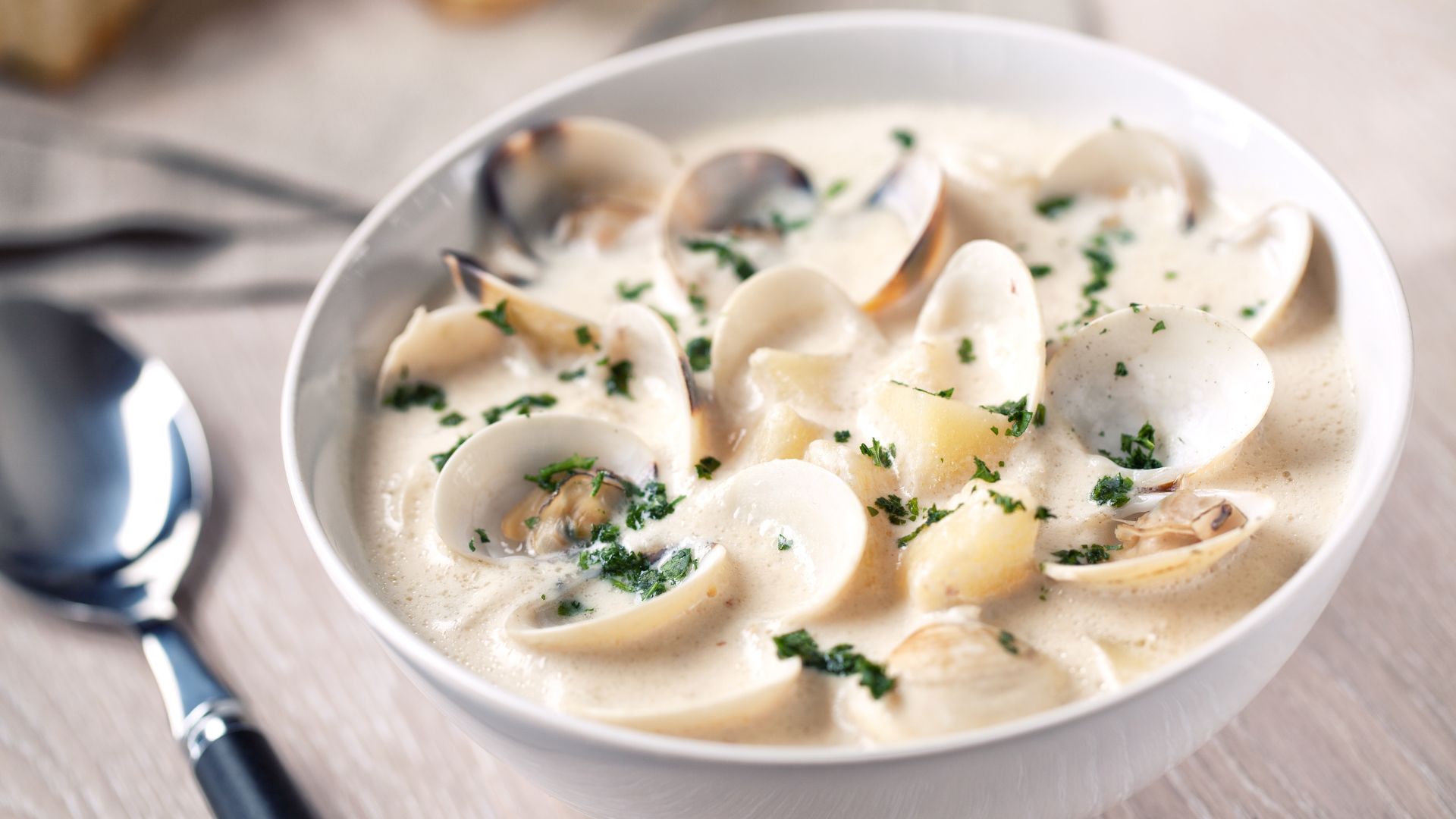
Classic Eateries: Splash Café & Local Favorites
Splash Café in Pismo Beach is legendary for its clam chowder. The recipe hasn’t changed since 1989, and there’s something about eating it with a view of the ocean that just makes it better.
Their bread bowls are enormous—seriously, one can feed two people. Even their regular chowder bowls are generous.
Beyond Splash Café, there are other gems worth a stop. Mo’s Restaurant in Morro Bay serves up killer fish and chips, with halibut caught just offshore.
Ventana Grill in Pismo Beach focuses on grilled seafood. Their salmon and rockfish come in fresh from local day boats.
The deck gives you a front-row seat to the pier—perfect for a sunset meal.
Farm-to-Table Dining and Regional Specialties
Santa Maria BBQ really stands out as the region’s signature food tradition. Locals grill tri-tip beef over smoky red oak coals, seasoning the meat simply with salt, pepper, and garlic.
You’ll usually find pinquito beans, salsa, and grilled French bread on the table. Farmers grow these tiny pink beans right here, and honestly, they’re unlike anything else. Some spots even stick to recipes passed down since the 1800s, which I find pretty cool.
Farm-to-table restaurants here love to show off what the area grows best. Thanks to the gentle coastal climate, fresh produce is always in season. Castroville artichokes pop up on menus all over, and I never get tired of seeing how creative chefs get with them.
Wine country dining brings together local wines and whatever’s freshest from the fields. In Paso Robles, you can taste estate-grown olives and herbs—sometimes right alongside a glass of something bold. Plenty of places offer wine tastings with perfectly matched bites, making for a memorable meal.
Avocados thrive in this region, which means you’ll see them everywhere. Restaurants toss them into salads, blend them into ice cream, and, well, just about anything you can imagine. Did you know the Hass variety actually got its start here? That’s a fun bit of trivia to drop at dinner.

